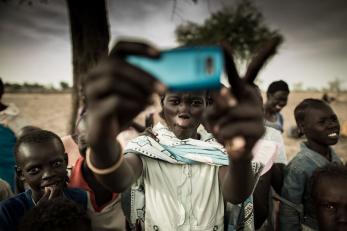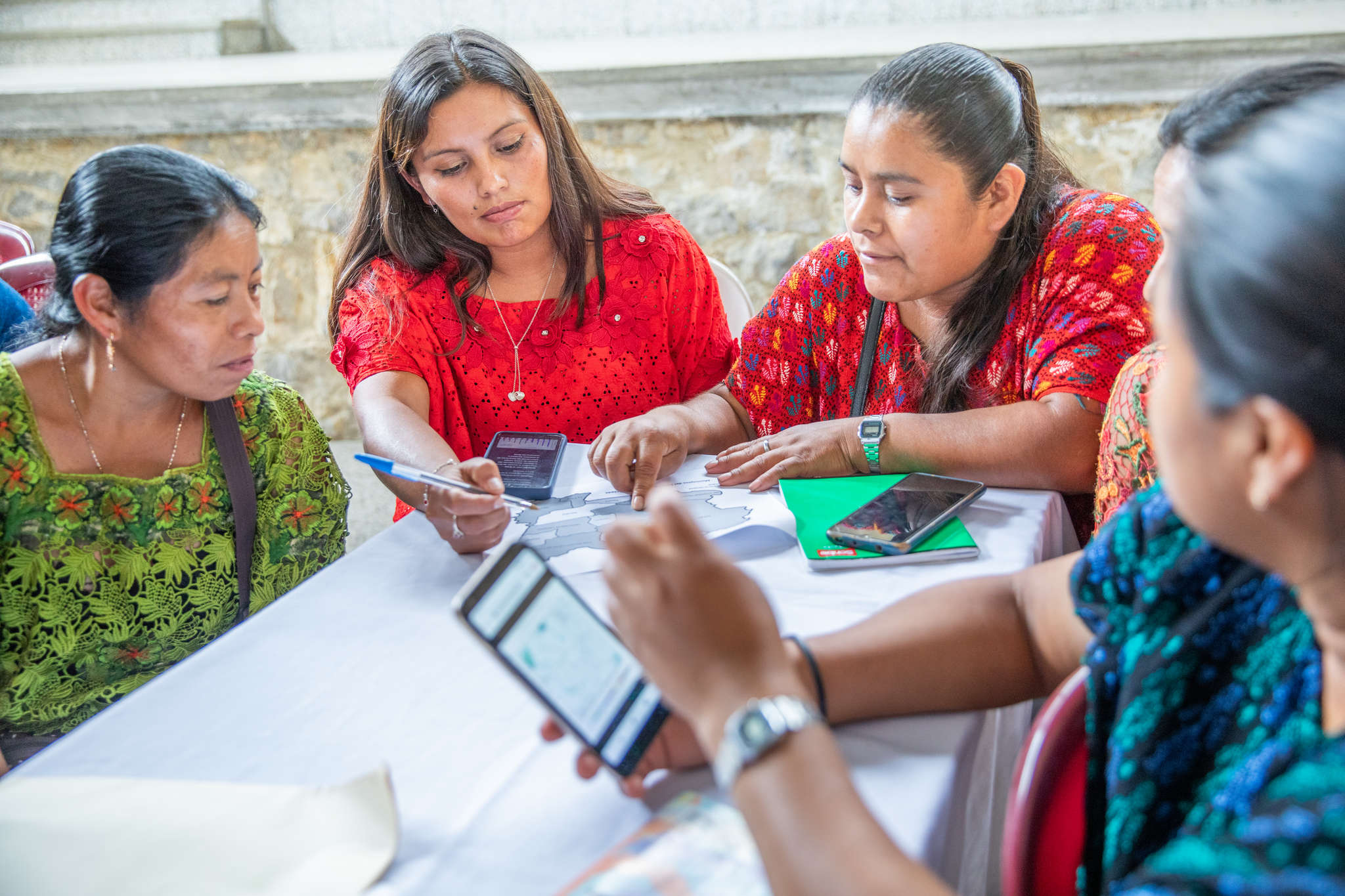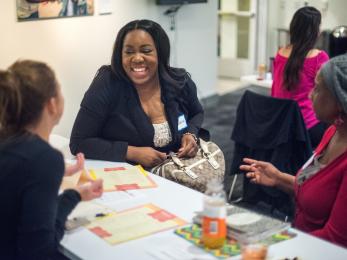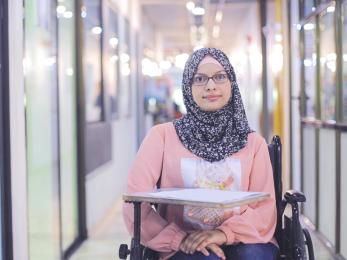A new way to think about “tech for good”

We live in an age of both breathtaking technological promise, and of heartbreaking humanitarian need. Everyone working in the philanthropic field today understands that we must use technology and innovation to address the enormous challenges facing humanity. Yet even as those challenges grow ever larger and more daunting, the truth is that we have barely scraped the tip of the iceberg when it comes to harnessing new technologies to address these issues. Part of the reason for this shortcoming is that we’re often not working as proactively as we should be to create tech solutions that are really the right match for these specific challenges. “Humancentered design” is a term we hear a lot, but when it comes to utilizing new technology for humanitarian needs, we should ask whether we are putting the right humans at the center.
Currently, the de facto approach of any “tech for good” initiative is to start with an emerging technology, newly developed product, or an enthusiastic tech company and to think about what humanitarian need that product might be able to solve. That can certainly be productive, but what if, instead of starting with the tech, we start with the good that needs to be done? What if businesses, NGOs, governments and philanthropic leaders all look at the major challenges facing humanity — from climate change to conflict — and collaborate together to experiment, develop and scale long-term technological solutions to these crises? Instead of one-off initiatives, we can work to create long-term partnerships that truly utilize the potential of technology to address humanitarian needs.
Put simply: Ask not what good can I do with this tech, but what tech is needed for this good?
To be clear, there have been many fantastic recent initiatives that use tech for good, from digital currencies to support cash transfers for people in need; to virtual reality meditation that helps young people process their trauma and manage their anxiety; to 3D printing of assistive technologies. All of these are exciting and essential developments. But in order for NGOs to effectively help the most vulnerable people in the digital age, and to do so at real scale, our ideas of how philanthropy and technology can be connected must evolve.
Over the past five years, Mercy Corps has teamed up with the International Rescue Committee, with support from Google.org, Microsoft, Cisco and other partners, to develop Signpost, an initiative that connects refugees, asylum seekers and crisis-affected communities with critical information. Signpost has served 1.5 million people in seven countries to date. This is an example of a partnership in which we started with the problem — the refugee crisis and specifically, a lack of connection to information in host countries — and brought multiple stakeholders together to build a scalable solution.
Signpost is just one project of several supported by Mercy Corps’ five-year, $10 million partnership with Cisco. That partnership is focused on seven different initiatives that leverage the potential and power of technology to develop life-saving and life-enhancing solutions. This approach has given us two crucial things NGOs all too often don’t have: time and flexibility. Rather than starting with one specific technology and finding a way to make it impactful, we’ve had the time to experiment together and test out different solutions — a feature our most successful partnerships share. Notably, not every one of our experiments will be successful or work at scale, but just like in business, having the flexibility to fail is part of what leads us to success.
The challenges we face are truly massive. More than 70 million people are displaced from their homes; the climate crisis is threatening our very existence; and the fourth industrial revolution is happening as we speak, changing the nature of work around the globe. It’s estimated that African nations need to create some 18 million jobs per year between now and 2035 in order to meet the demand for youth employment. Some 300 million new jobs are needed in the Middle East by 2050. We will not be able to tackle these challenges with small, one-off initiatives. We need sweeping plans. Rather than focusing on donations of funds to deliver specific ‘point-solutions,’ it is time the development sector focuses on collaborations that really harness the transformative role technology can play. And we must recognize that the solutions for youth employment in Africa and the Middle East are not going to come solely from a meeting room in Silicon Valley. They are going to come from the people living through this. We need to engage local change-makers, seek ideas from the communities that we work in, and scale those ideas with the support, investment, and convening power of public/private partnerships.
From responding to the risks of climate change, to retraining people for the jobs of the future — there are real opportunities for tech to play a transformational role in tackling the greatest challenges of our time. But for that to happen, we must put humans at the center, and bring all stakeholders together in a collaborative process that gives us the time, space and flexibility to truly innovate.



